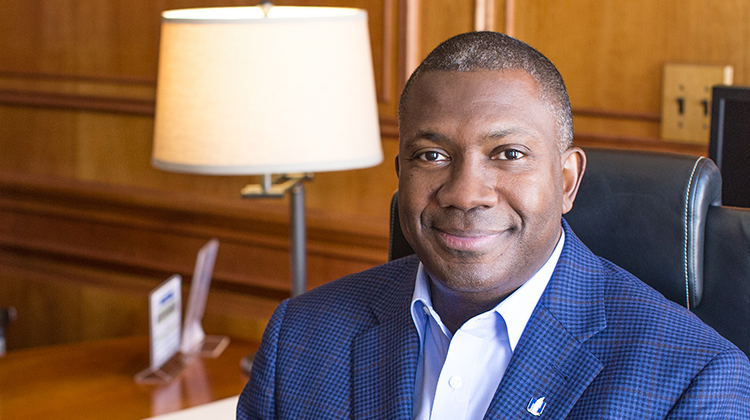Modern Marketing
How Nationwide is building design thinking into its marketing strategy
- Nationwide's shift to a holistic marketing approach is emblematic of the industry's focus on financial health rather than siloed offerings
- Digital marketing is a focus for Nationwide, with continued emphasis on next-generation social platforms like Snapchat, Instagram and Pinterest








